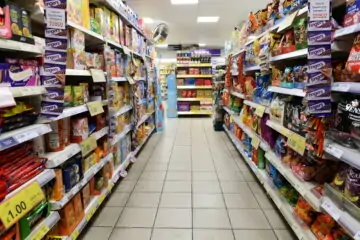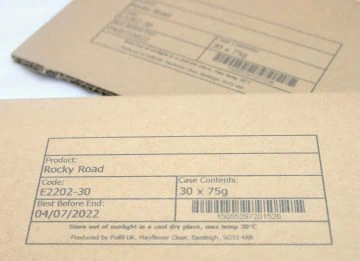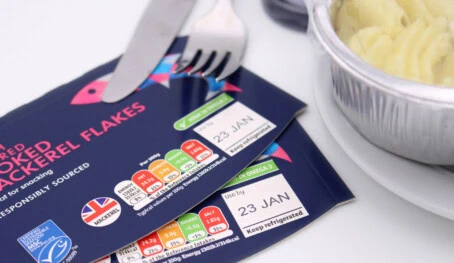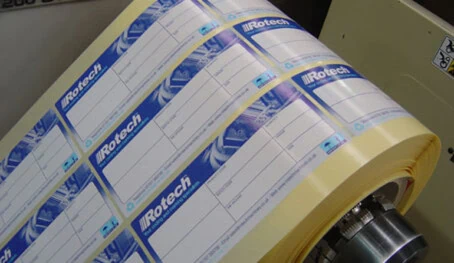This October, the government introduced hard-hitting regulations surrounding High fat, sugar, and salt products (also known as HFSS.) Their aim is to combat bulk and impulse buying by bringing unhealthy products away from the forefront of the country’s mind and supermarkets. Whilst the changes do not directly target the brands themselves, they will affect sales of HFSS products in shops. Market researcher IRI forecasts that 14% of chocolate sales will be lost because of the changes, so it’s now more important than ever to consider product placement and packaging.
How are HFSS restrictions affecting our supermarkets?

What is HFSS?
HFSS is food categorised as having a high fat, sugar and salt content and is mostly associated with “junk food” and fizzy drinks. New HFSS laws will change how these products are advertised, where they are placed in supermarkets and the deals or promotions used to sell them. But don’t be fooled, the HFSS label isn’t just applicable to chocolate, crisps, and pop, healthy products could also fall foul of the new laws.
Why are HFSS regulations being enforced?
The government is attempting to combat the growing obesity crisis in the UK, which was escalated by the ongoing effects of the Covid 19 pandemic. The aim is to make businesses more accountable for their sugar, fat, and salt content, encourage healthier choices amongst the population and stop unhealthy lifestyles being advertised to younger generations.
How do I know if my food is HFSS compliant?
A simple scoring system is used to work out the nutritional composition of the product. Using a nutrient profiling model, developed by the Food Standards Agency, the product will receive points based on the nutrient content of 100g of food and drink. Food scoring 4 or more and drinks scoring 1 or more are classified as HFSS.
What restrictions are in place under the new HFSS guidelines?
There are three major changes being enforced:
BOGOF deals told to bog off
For those impartial to a buy, one get one free deal, volume promotion and loyalty scheme, this new law will be the most devastating. To combat bulk buying, the government have put a ban on the above promotions. Making it much less appealing to buy multiple “unhealthy” products.
Unsurprisingly this law has sparked the most backlash and the public branded it insensitive during a cost-of-living crisis. As a result, the ban is pushed back to October 2023, giving many struggling families a welcome relief.
Product placement
Everyone is guilty of giving into temptation when faced with tasty treats displayed at tills and check-outs. However, this sneaky trick to boost sales is now banned. Any areas with high foot fall in supermarkets and shops can no longer display HFSS products. This includes:
- On or behind the checkout area
- 2 metres away from the checkout area
- At the aisle end or up to 50cm away from the end of the aisle
Advertising ban
Whilst this has also been pushed back to January 2024, an advertising ban for HFSS products is on the horizon. This is mainly to combat the affect high fat, salt and sugar foods are having on younger generations. It could see a watershed enforced between the hours of 5pm and 9pm.
How can you combat the HFSS regulations?
Enhance your packaging
Delegation to the main aisles of the supermarket will drastically reduce footfall to products, whilst increasing the surrounding competition. Businesses must use their packaging as crucial space for extra advertising. Whilst also making it easy to move, refill and identify by the employees who replenish stocks. Some innovative packaging might include hood and tray packs, replenishable trays, unique outer- cases and stackable shelf units.
Reformulate your products
Businesses may consider reformulating elements of their products to become “healthier” and move away from the HFSS label. However, changing the composition and flavour so drastically could become less appealing to the customer. Alternatively, you might develop new products such as low sugar alternatives. Therefore, retaining loyal customers whilst bringing in a new set of consumers.

How can Rotech help in coding and marking your reformulated products or new packaging?
Both reformulations and new packaging bring additional coding and marking challenges. Rotech can offer solutions that range from printing ingredients lists and allergens on primary packaging and products to adding barcodes, batch numbers and product descriptions to outer cases and display packaging. We can also offer labelling solutions to overprint information onto current packaging because of any formulation changes.
Why not contact a member of our team for expert coding and marking advice or request a product demonstration?
Related content

Got a project to discuss?
Our coding experts are on hand help you find a solution to match your exact requirements.




